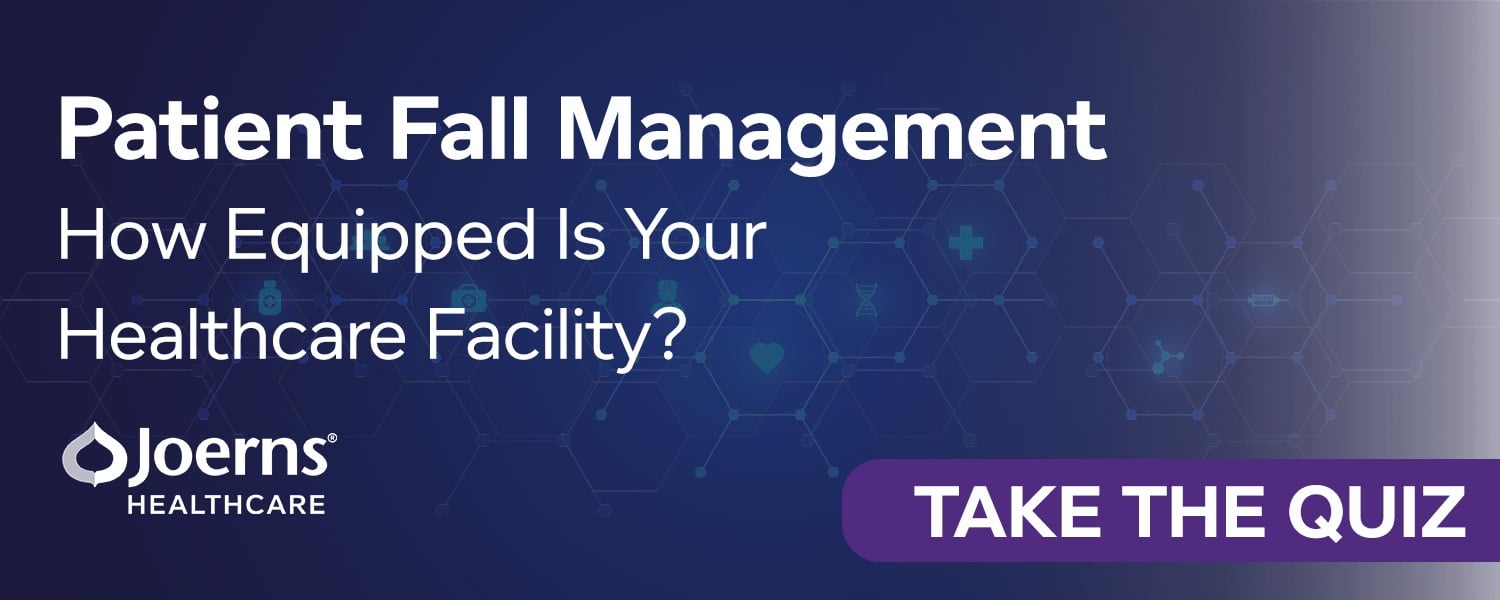Falls represent a significant risk in any patient care setting. Patients often experience physical or cognitive impairments that decrease their ability to protect themselves from falling. This is where facilities can benefit from fall prevention protocols.
Falls increase morbidity and mortality, leading to poorer outcomes that cause pain and suffering for the patient. The complications that falls create also affect care facilities, increasing the overall cost of care and the risk of litigation.
Fall prevention involves creating and implementing evidence-based protocols that reduce the risk of falls occurring. While protocols should always be tailored to be specific to individual facilities, there are several core fall prevention protocols that all care settings need.
1. Routine Fall Screening
Clinicians should evaluate each patient’s risk of falling. This is best done using standardized, evidence-based tools, like the STEADI Algorithm, that is specific to the particular care setting. Fall screening should not be a single event. Instead, a routine assessment occurs at regular intervals and after an event that could change the risk of falls, such as surgery.
Effective fall screening tools will assess multiple different risk factors for falls, such as:
- Cognitive impairment
- Physical limitations
- Orthostatic hypotension
- Diseases associated with falls
- Pharmaceutical risks
Many of the core fall risks will remain pertinent regardless of the particular care environment, and it is important to include screening for risk factors that are not commonly encountered.
2. Staff Education
Fall prevention protocols are only effective if staff are aware of them and aware of their expected role and responsibilities to ensure these protocols are instituted and adhered to.
Staff education involves several components, including:
- Educating all staff on new protocols
- Including fall prevention training during the onboarding of new hires
- Routinely reinforcing education on existing protocols.
- Staff education is vital to the success of an effective fall prevention program.
3. Patient Education
Patient buy-in is essential to fall prevention, as many patients may not be familiar with the risk of falls or with the resources that are available to help them avoid falls. Each facility should have a standardized patient teaching program that ensures they know what resources and protocols are in place to help them reduce falls.
Patient education should also include instructions that they can follow to reduce the risk of falls. This education should involve not just patients but also their families, caregivers, or other support people.
4. Fall Risk Identification
An important part of any fall prevention program is a standardized method of identifying people who are at risk of falling. This complements fall screening by identifying patients who have been flagged as a fall risk.
Methods of fall risk identification will be different for most facilities; however, they will generally involve obvious visual cues. Often these cues involve the use of yellow-colored socks, bracelets, or signs outside the patient’s room. The exact visual cues used may vary based on the facility but should allow a patient who is a fall risk to be quickly and easily identified by anyone who is familiar with the fall prevention protocols of the facility they work in.
5. Tiered Fall Risk Reduction Interventions
Fall risk reduction interventions should be implemented for all patients, not just patients who are deemed to be a high fall risk. These interventions should, however, be tiered and tailored to specific situations. Facilities should determine which situations should be paired with which interventions. This will ensure that resources are effectively allocated.
Tiered fall risk reduction interventions could include:
- Rounding – Regularly and predictably checking in on patients reduces the risk they will attempt unsafe activities by themselves.
- Alarms – Some patients who are at a moderate fall risk may benefit from alarms that notify staff when the patient attempts to get out of bed or a chair by themselves.
- Patient Supervision – Patients who are a high fall risk may require constant supervision by someone who can redirect them or help them avoid unsafe activities.
6. Equipment Management System
A vital part of fall risk reduction is having a protocol in place that ensures that assistive devices are available where and when they are needed. The unavailability of assistive equipment can cause staff or patients to resort to suboptimal transfer techniques or can inhibit the use of safety devices, such as bed alarms.
A high-quality equipment management system will track the location and status of each piece of equipment, ensuring that it is present and functioning when needed. Equipment management systems can also help promote good maintenance practices and ensure that vital pieces of equipment are restocked without significant interruptions in their availability.
Improve Your Fall Prevention Protocols
Falls can drastically change patients’ levels of functioning and quality of life, and satisfaction. Fall prevention protocols are universally multidisciplinary but nursing centered. Involving the multidisciplinary team in care planning is essential to promote patient safety.
Implement the evidence-based fall-prevention interventions described in this article to improve patient safety in the healthcare facility. For more information on controlling your skilled nursing patients’ fall risk and adopting modern fall prevention protocols, get in touch with us.
